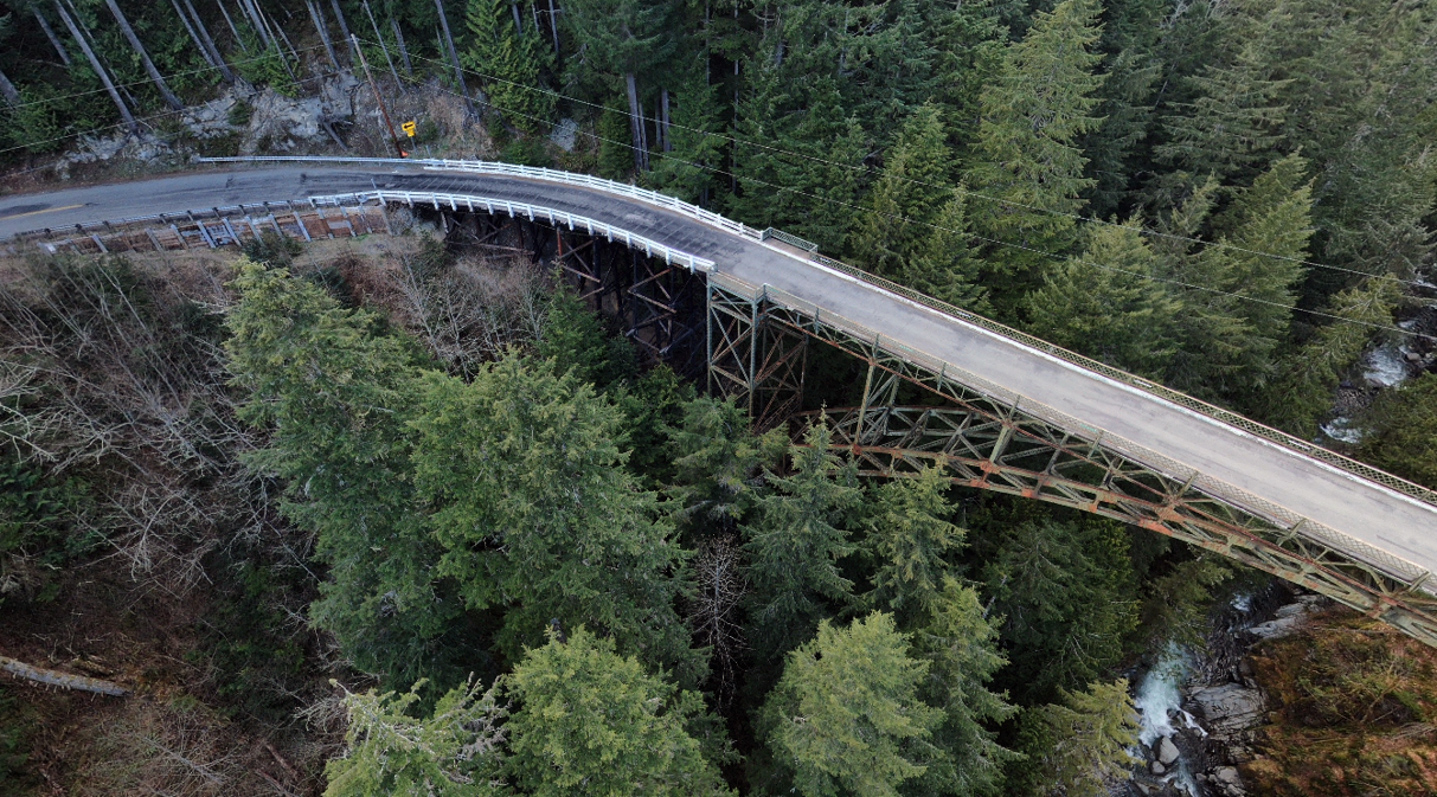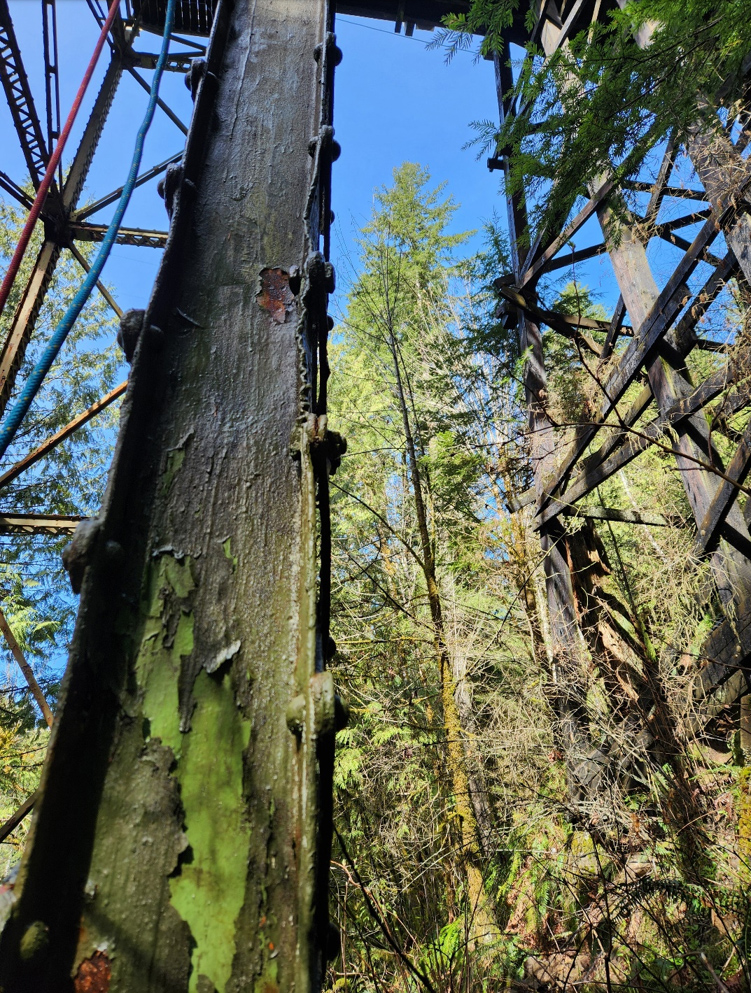Welcome!
WSDOT has begun a planning study to explore options for addressing the condition of the SR 165 Carbon River-Fairfax Bridge and providing access across the Carbon River. The planning study evaluates tradeoffs of different options. We know this is an important issue, and here’s why we’re doing this.
On Tuesday, April 22, WSDOT permanently closed the SR 165 Carbon River-Fairfax Bridge to all vehicle and pedestrian traffic. Preliminary findings from recent inspections of the bridge revealed new deterioration of steel supports of the more than century-old span.

Feedback opportunities
We want to know what you think of the proposed alternatives presented in this open house. We will accept feedback through Tuesday, June 17, at which point the online open house will close.
For more information about the planning study, visit our webpage: bit.ly/SR165FairfaxStudy.
In-person open houses
If you would like to provide feedback in person, join us at one of our upcoming in-person open houses:
- Monday, June 2, 2025 | 4-6:30 p.m.
Carbonado School District
301 O’Ferrell Dr, Carbonado, WA 98323 - Wednesday, June 11, 2025 | 5:30-7:30 p.m.
Wilkeson Elementary School
640 Railroad Ave, Wilkeson, WA 98396
These are drop-in style events; you are welcome to come and go at your convenience. The content of the in-person open houses will be the same as this online format, but you will also be able to speak with the project team and ask questions. This study is funded through $1.5 million in state funding. No funding has been identified for right-of-way, design or construction.

